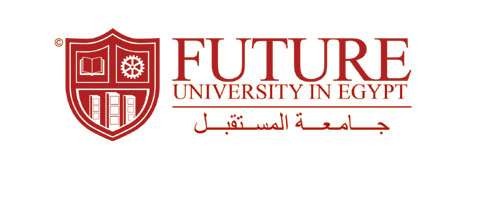CoAuthors :
A Safwat, D Sabry, E Amer, RH Mahmoud, RM Shamardan
Abstract :
This study aimed to evaluate the effect of mesenchymal stem cells (MSCs)–derived exosomes in retina regeneration of experimentally induced diabetes mellitus (DM) in a rabbit model. Exosomes are extracellular vesicles that contain many microRNAs (micRNAs), mRNAs, and proteins from their cells of origin. DM was induced by intravenous (IV) injection of streptozotocin in rabbits. MSCs were isolated from adipose tissue of rabbits. Exosomes were extracted from MSCs by ultracentrifugation. Exosomes were injected by different routes (IV, subconjunctival (SC), and intraocular (IO)). Evaluation of the treatment was carried out by histopathological examination of retinal tissues and assessment of micRNA-222 expression level in retinal tissue by real-time polymerase chain reaction. Histologically, by 12 weeks following SC exosomal treatment, the cellular components of the retina were organized in well-defined layers, while IO exosomal injection showed well-defined retinal layers which were obviously similar to layers of the normal retina. However, the retina appeared after IV exosomal injection as irregular ganglionic layer with increased thickness. MicRNA-222 expression level was significantly reduced in diabetic controls when compared to each of healthy controls and other diabetic groups
Adipose mesenchymal stem cells–derived exosomes attenuate retina degeneration of streptozotocin-induced diabetes in rabbits
A Safwat, D Sabry, [...], and RM Shamardan
Additional article information
Abstract
This study aimed to evaluate the effect of mesenchymal stem cells (MSCs)–derived exosomes in retina regeneration of experimentally induced diabetes mellitus (DM) in a rabbit model. Exosomes are extracellular vesicles that contain many microRNAs (micRNAs), mRNAs, and proteins from their cells of origin. DM was induced by intravenous (IV) injection of streptozotocin in rabbits. MSCs were isolated from adipose tissue of rabbits. Exosomes were extracted from MSCs by ultracentrifugation. Exosomes were injected by different routes (IV, subconjunctival (SC), and intraocular (IO)). Evaluation of the treatment was carried out by histopathological examination of retinal tissues and assessment of micRNA-222 expression level in retinal tissue by real-time polymerase chain reaction. Histologically, by 12 weeks following SC exosomal treatment, the cellular components of the retina were organized in well-defined layers, while IO exosomal injection showed well-defined retinal layers which were obviously similar to layers of the normal retina. However, the retina appeared after IV exosomal injection as irregular ganglionic layer with increased thickness. MicRNA-222 expression level was significantly reduced in diabetic controls when compared to each of healthy controls and other diabetic groups with IV, SC, and IO routes of injected exosomes (0.06 ± 0.02 vs. 0.51 ± 0.07, 0.28 ± 0.08, 0.48 ± 0.06, and 0.42 ± 0.11, respectively). We detected a significant negative correlation between serum glucose and retinal tissue micRNA-222 expression level (r = −0.749, p = 0.001). We can associate the increased expression of micRNA-222 with regenerative changes of retina following administration of MSCs-derived exosomes. The study demonstrates the potency of rabbit adipose tissue–derived MSCs exosomes in retinal repair. So, exosomes are considered as novel therapeutic vectors in MSCs-based therapy through its role in shuttling of many factors including micRNA-222.
